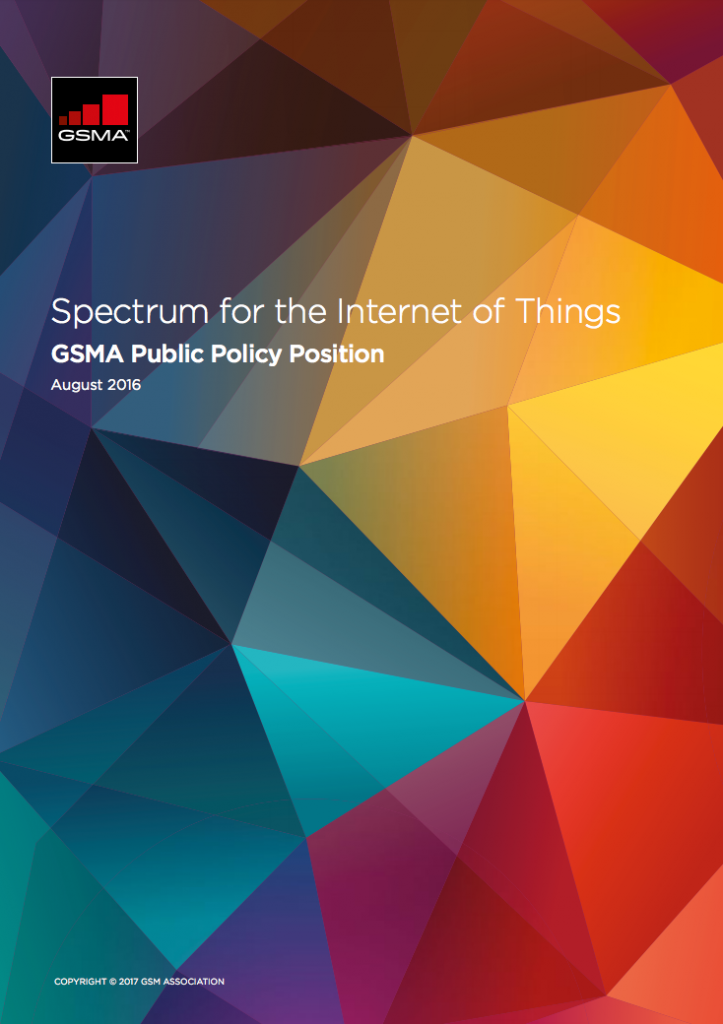Why spectrum for the Internet of Things matters
The Internet of Things (IoT) is a hugely important and rapidly growing market with the potential to transform the digital economy. Mobile services play an important role in the wide area IoT market and are rapidly evolving to meet an growing array of different requirements – from smart meters to connected cars.
As a result, cellular IoT is becoming increasingly well placed to compete effectively with other IoT solutions thus helping to drive innovation. However, the viability of cellular IoT is contingent on governments adopting a positive regulatory framework especially as it pertains to mobile spectrum.
The GSMA’s spectrum positions for the Internet of Things
1. Regulators should adopt a service and technology neutral framework to support cellular IoT
2. Licensed spectrum is vital in order to deliver the most reliable, high quality IoT services
3. Licensed spectrum has the capacity and coverage capabilities to support IoT growth
4. International spectrum harmonisation is vital for a global, affordable cellular IoT market
5. Regulators should work with the mobile industry to support IoT in 5G spectrum planning
Download the position paper here
The GSMA’s spectrum team has also produced position papers on spectrum for Intelligent Transport Systems and Unmanned Aerial Vehicles. They can be found here and here.
